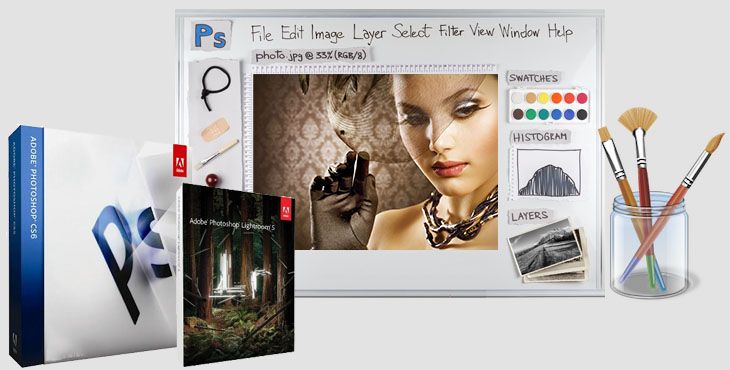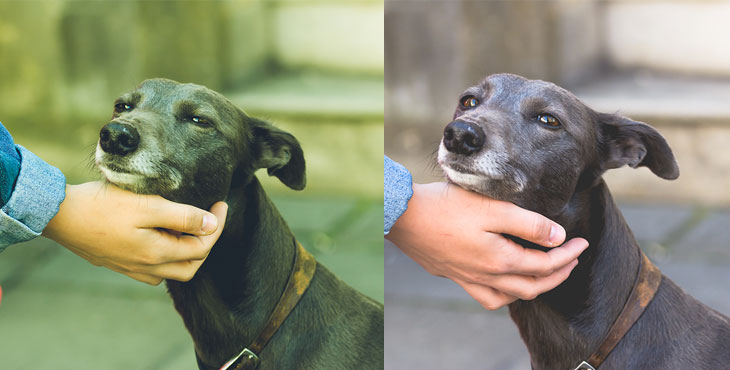Aerial photography no longer means owning an aircraft — thanks to drones, photographers can grab aerial shots with two feet planted firmly on the ground. Adding aerial photography or videography is a solid way for photographers to expand their services to grab some attention in an industry that’s becoming harder to stand out in. But, flying a drone is different from controlling a camera — there are rules, different controls and even laws of physics that make drone flight unchartered territory for most.
So, what do photographers need to consider before making the leap to adding aerial photography to their business? Answering these seven questions will help photographers determine if starting a drone photography business (or adding a drone to an existing business) is the right flight path.
What Are The Commercial Drone Laws In Your Area?
Picking up a drone isn’t like picking up a camera — when a drone flight goes wrong, it could fall out of the sky and injure someone, violate privacy laws or even pose risks to aircrafts. The first thing photographers need to consider is the laws for operating a drone. While hobbyists don’t have to conform to the same set of rules, drones used for commercial purposes are often strictly regulated.
In the U.S., for example, commercial drone pilots need to have a license to fly drones that weigh over .55 pounds. To get that license, drone pilots need to pass a test covering a range of topics, including reading a map that shows where drones are not allowed to fly. The U.S. laws also prohibit flying a drone out of the pilot’s sight and flying over crowds of people, but again for drones over .55 pounds.
Drone laws vary by country — while some are strict, others don’t have any regulations yet in place. Before dedicating time (and money) to adding a drone to a photography business, make sure your area’s drone laws don’t require more than you expect.
What Is The True Cost Of Owning A Drone?
Flying a drone often isn’t a one-and-done cost. Like cameras, technology will eventually make that drone obsolete and it will need to be replaced. But, drones are also much more accident prone than a camera. Even a minor crash may mean that the quadcopter’s rotors have to be replaced, while a larger crash could mean replacing the entire unit.
Along with the cost of a crash, drones, like cameras, often do better with a few more accessories. The typical camera drone can only fly for about 20 minutes on one charge, so picking up multiple batteries is often essential for projects needing more than just a few shots. A gimbal to keep the camera steady is also often a good idea.
How much does insurance cost?
Since drones are more accident prone, drone insurance is another option to consider. Not all insurance companies will insure a drone, and since drones are risky, insurance may be prohibitively high. But if the high cost of replacing a crashed drone worries you, consider the cost of insurance.
Along with insuring the actual drone, liability insurance could be another factor. What happens if a drone loses connection with the controller gets tossed up by the wind or some other unforeseen factor and falls onto a wedding guest, injuring them? Double check on any changes in liability insurance that may be necessary for adding a drone to your business.
Can You Fly A Drone Over Where Most Of Your Potential Gigs Would Be?
Drones can’t go everywhere. Flying them over people is sometimes prohibited (and often a safety concern). Areas with lots of trees and power lines could also prevent a flight from actually taking place. Drones are also loud — you wouldn’t want to be flying one in the middle of a religious ceremony or as a couple says their vows. The weather even plays a factor — wind and rain can make a drone flight too risky. Before adding the expense of a drone, make sure that you’ll actually be able to use it often enough to make it a worthwhile investment.
Photographing real estate can be rescheduled for too much wind, but getting aerial shots of a wedding isn’t something that can wait for a different day — for these types of events, make sure you detail in your contract what happens if drone flight isn’t possible on that day.
Should You Specialize In A Certain Area Of Aerial Photography?
Drones open up several different possibilities for aerial photography, from the artistic — like aerial wedding photography — to the scientific — like using camera drones for inspections and research. As you weigh the pros and cons, consider if your new aerial photography offering should specialize in a certain area.
If you already shoot weddings, adding aerial event photography is a natural extension. Real estate photographers could use drones to get another perspective — and inspect roofs. Just like “photography” is very broad, “drone photography” could still include several different avenues. Choosing whether or not to specialize can help photographers determine how and where to advertise their new drone service.
Can You Get All the Shots You Need within a Drone’s Limits?
In order to fly, drones need to stay lightweight. If you plan on adding high resolution drone shots, you’ll need a larger (i.e. more expensive) drone that’s capable of carrying more than a GoPro, while a small action camera could get the job done for drone roof inspections and even some videography.
There’s another drone limit to consider as well — most drones can fly for about twenty minutes, give or take, before they exhaust their battery. Don’t plan on getting hour long drone videos without some editing and remixing, or completed albums in one flight, since you’ll only have a few minutes before the drone needs to land again. If you are considering a drone business option that needs more than twenty minutes of flight time, you may want to wait for the technology to catch up before investing in a quadcopter.
Is Adding A Drone A Safe Move For Your Business?
Drones present a number of different safety concerns. A crashing drone could injure a person or damage property. Flying over privately owned land could violate privacy laws in some areas — or get your drone shot down in others.
Along with keeping the people in your drone’s flight path safe, photographers need to consider the impact a drone would make on their business as a whole. Is flying a drone at a wedding going to severely limit the amount of time shooting the rest of the event? Would adding a drone mean hiring a pilot or assistant? Are your target customers wary of drone flight or wowed by it? How will editing aerial photography images impact your business?
Adding a drone for aerial photography is a smart move for many businesses, while others are best left leaving the risks and sticking to the ideals that built their business in the first place. Should you add a drone to your photography business? The answer is different for every photographer, but by starting the decision making process with a list of things to consider from costs to safety, you can determine if a drone photography business is right for you.
– SmartPHOTOeditors

